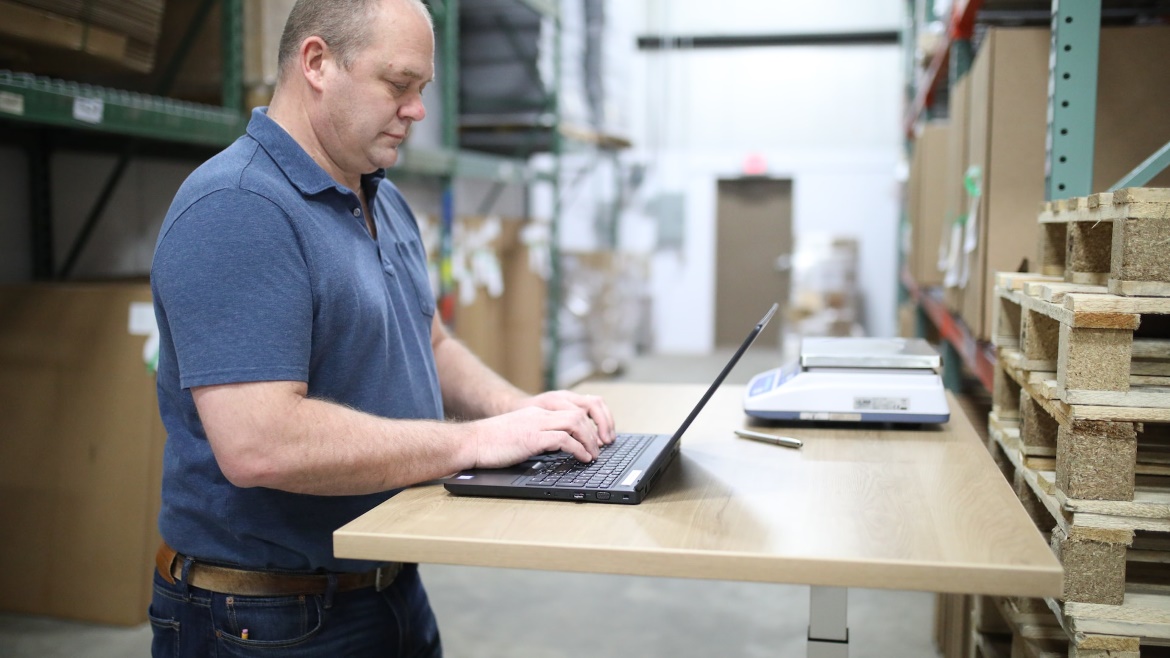The world of print production has grown significantly with the advent of advanced precision metrics. As we delve into the complexities of this field, we aim to uncover how precision metrics can enhance efficiency and output quality in print production. The integration of these metrics has revolutionized the printing industry, making processes more streamlined and cost-effective.

Introduction to Print Production Metrics
In the realm of print production, metrics are vital for measuring the performance and quality of output. They are the standards by which print companies benchmark their work, ensuring that every print job is consistent with the highest quality standards. Key metrics include color accuracy, alignment precision, and image resolution.
Importance of Precision Metrics
Precision metrics play a critical role in the print production industry. They allow companies to monitor and optimize every aspect of the production process. For example, device management systems utilize precision data to maintain optimal functionality across networks of printers.
Measuring Print Quality
The quality of print output is largely determined by how well precision metrics are employed. These metrics enable producers to maintain a standard that meets the expectations of their clients, resulting in products that are vivid, clear, and professionally finished.
Enhancing Efficiency Through Metrics
Efficiency is a major concern for any production-oriented business, and print production is no exception. By utilizing precision metrics, companies can streamline their processes, reduce waste, and achieve higher output speeds. This integration also contributes to material cost savings.
Impact on Cost Management
Cost management is significantly affected by precision metrics. An accurate understanding of material usage, for example, can reduce waste and lower production costs. IoT solutions assist in tracking print resolution and other metrics, leading to smarter, more economical decision-making.
Technological Innovations in Print Production
Technology has always played a central role in the evolution of the printing industry. Today, innovations are largely driven by precision metrics. The integration of technologies like AI and IoT has brought about more intelligent production processes.
Internet of Things (IoT) in Precision Metrics
The use of IoT in print production has opened new avenues for precision and efficiency. It allows devices to communicate and share vital production data in real-time. More details can be found in the IoT blog.
Challenges in Implementing Precision Metrics
Despite its benefits, implementing precision metrics in print production can present challenges. The initial investment in technology may be high, and there might be resistance to change within the workforce. Addressing these challenges requires a strategic approach that includes training and gradual integration.
Strategies for Overcoming Challenges
Businesses can overcome these challenges by investing in employee training to ensure that staff members are comfortable with new technologies. Additionally, a phased approach to implementing metrics can facilitate a smoother transition.
Case Studies: Success Stories in Print Production
Several companies have successfully integrated precision metrics into their print production processes. These case studies demonstrate improved efficiency, footprint reduction, and cost savings. By learning from these examples, other businesses can determine best practices for their own operations.
Lessons Learned from Industry Leaders
Industry leaders have shared insights into the successful implementation of precision metrics. Their experiences highlight the importance of planning, monitoring, and adapting to new technologies over time.
Future Trends in Print Production
The future of print production promises exciting developments. With ongoing innovations in technology and metrics, the industry is set to become more efficient and dynamic than ever before.
The Role of AI in Future Trends
Artificial intelligence is poised to play a significant role in shaping the future of print production. The integration of AI with precision metrics promises even greater enhancements in efficiency and quality.
Conclusion
In conclusion, the integration of precision metrics in print production marks a significant advancement for the industry. It offers a pathway to improved efficiency, cost-effectiveness, and quality. By embracing these innovations, businesses can remain competitive in an ever-evolving marketplace.

Frequently Asked Questions
What are precision metrics in print production?
Precision metrics refer to standards and measurements used to ensure quality and efficiency in print production, such as color accuracy and alignment.
How can precision metrics improve print production?
The use of precision metrics can enhance efficiency, maintain quality standards, reduce costs, and streamline production processes.
What role does technology play in advancing precision metrics?
Technology, especially IoT and AI, plays a crucial role in collecting data, automating processes, and improving precision in print production operations.
This article contains affiliate links. We may earn a commission at no extra cost to you.







